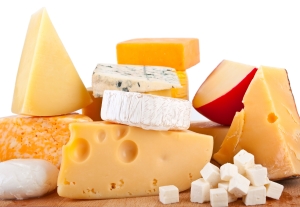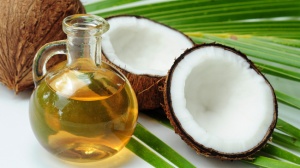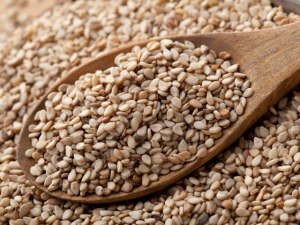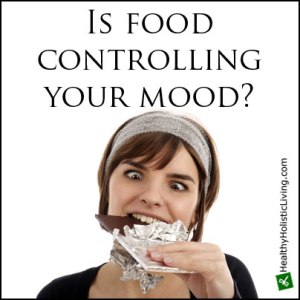Why your favorite dairy treat, doesn’t have to ruin your diet.
Having it shredded, melted, or sliced, cheese transforms an ordinary dish into a culinary delight. Unfortunately most of the time cheese, gets a bad reputation due to that amazing taste coming with a lot of extra calories, fat, and sodium. But stuffing your face with pizza, macaroni and cheese, and nachos isn’t the way to go about it either, but that doesn’t mean you should rule it out all together.
Cheese Is Nutritious- FACT!
Cheese contains a lot of calcium and protein, two very important nutrients for dancers (females especially). Protein from cheese helps with muscle growth and development. and can contribute to a healthy immune system. Calcium also helps the relief of PMS.
Cheese is packed with phosphorus and vitamins A and B, making it good for your bones and skin, along with maintaining energy levels. This dairy product also contains biotin which is great for strong silky hair!
Low Fat Is Where It’s At!
Full fat cheese is packed with nutrients but super heavy in calories, cholesterol, and saturated fat. Cheddar is the worse offender, with 9.4 grams of total fat (6 grams are saturated), with 114 calories per serving! Now cheeses like skim mozzarella has far less fat and fewer calories.
Cheese Food- Not JUST Cheese…
Processed cheese is a terrible mixture to create ‘cheesy foods’ and spreads, though they do have some benefits, most come at a price. There are added preservatives, colorants, additives, and dye. These cheeses are also very high in sodium, doing the exact opposite of what we want. Sodium makes us excrete calcium instead of retaining it for muscle growth. You don’t need to avoid these all together, the key word is simple, it’s called balance and moderation. But the closer to al natural you can get, then better off you’ll be.
And The Verdict Is-
Cheese passes the dietitians test! Although we wouldn’t recommend eating a block of cheese at every meal, but it is a tasty option you can add to your daily diet and not feel bad.









